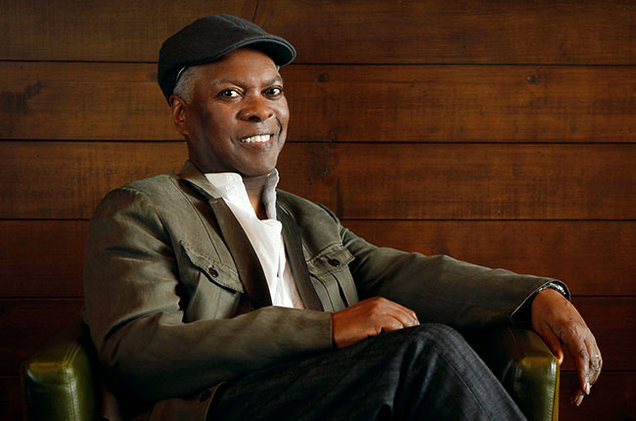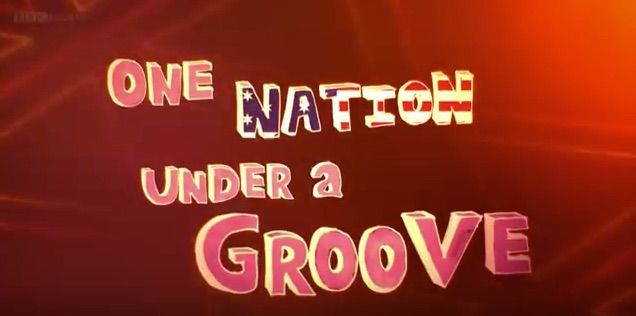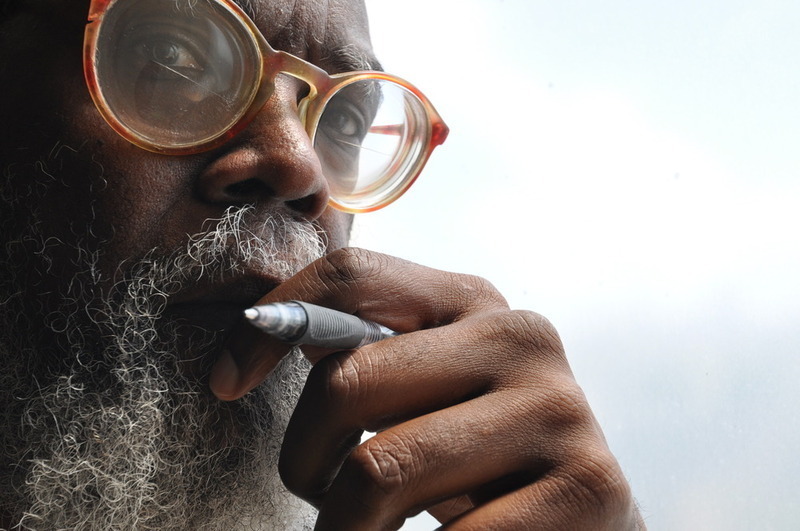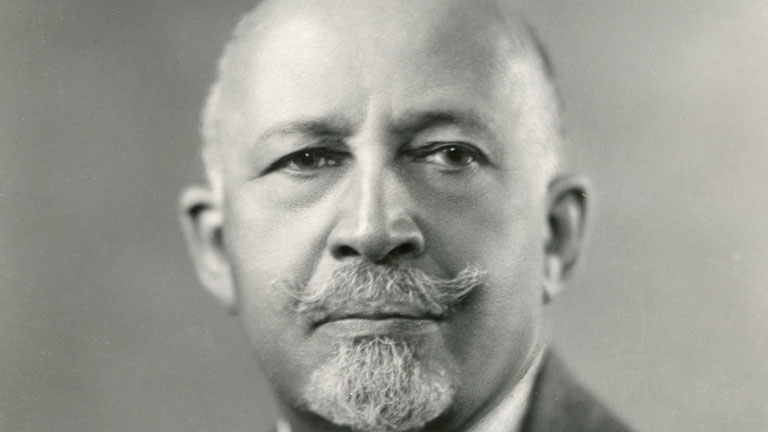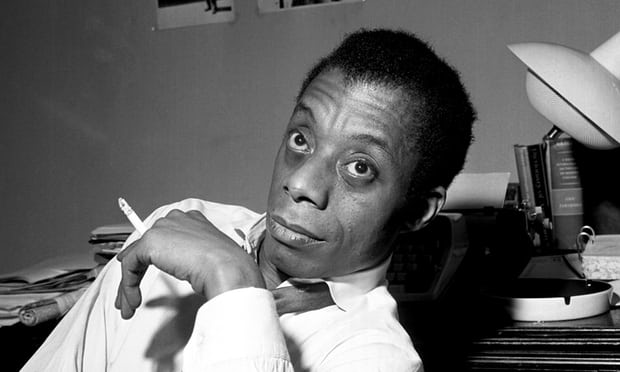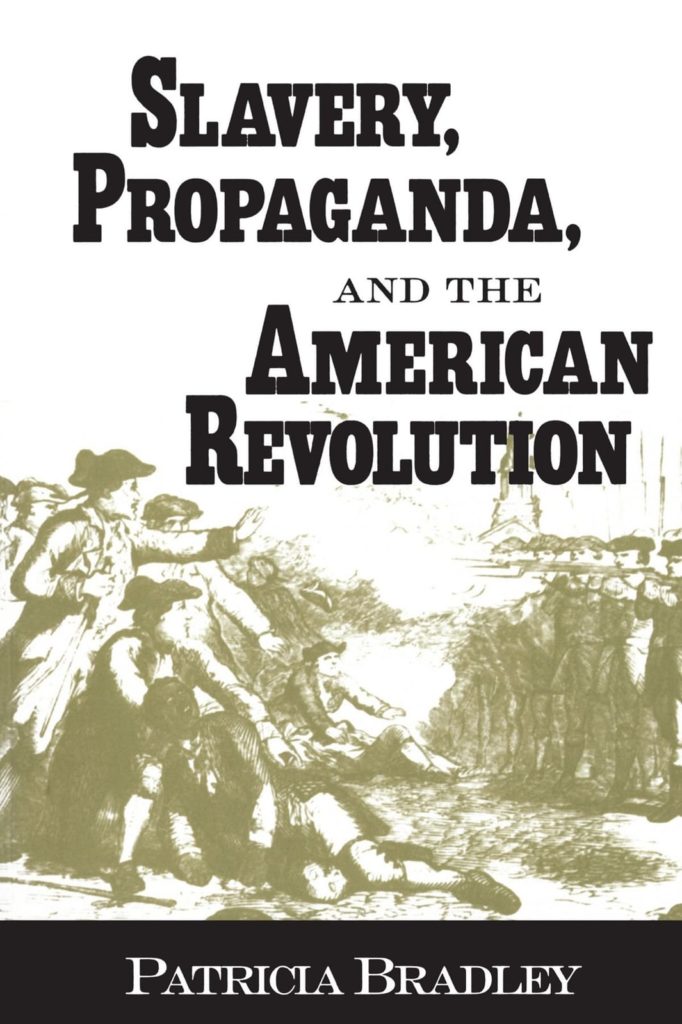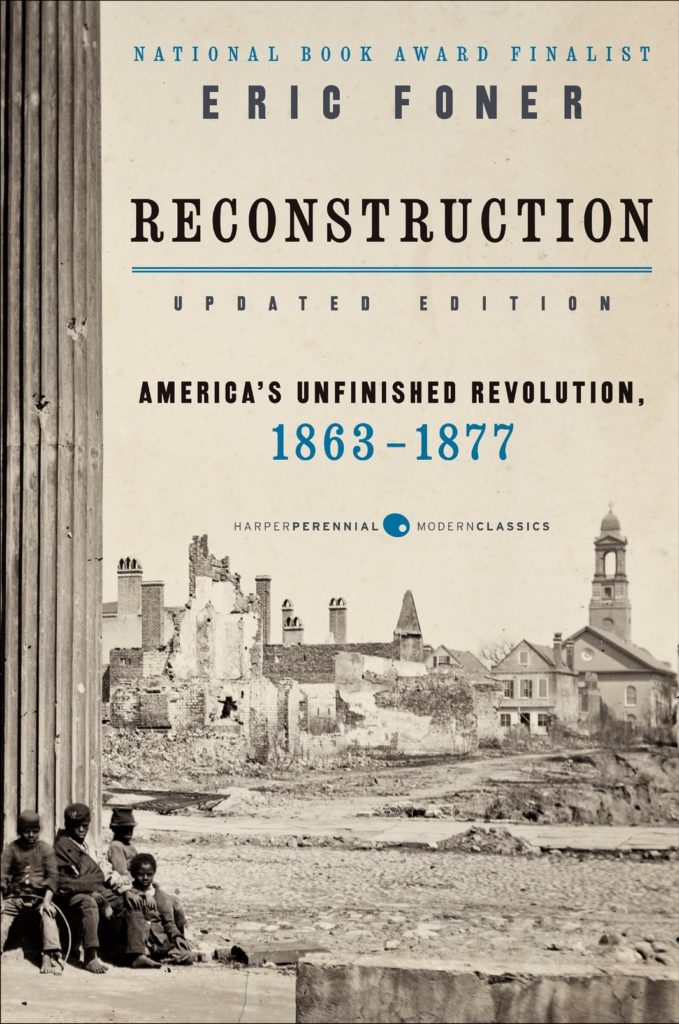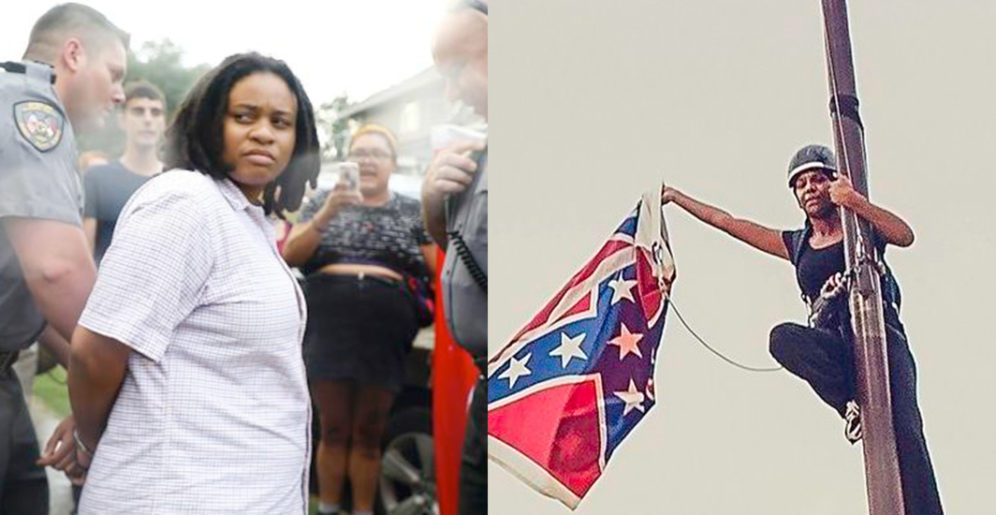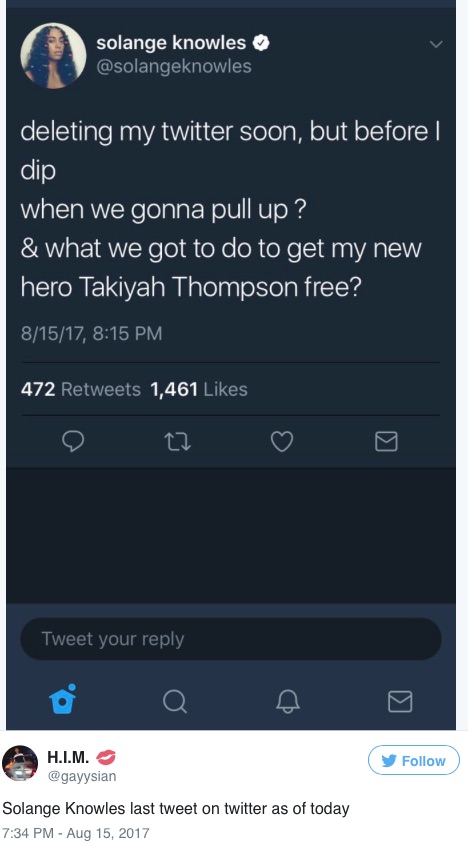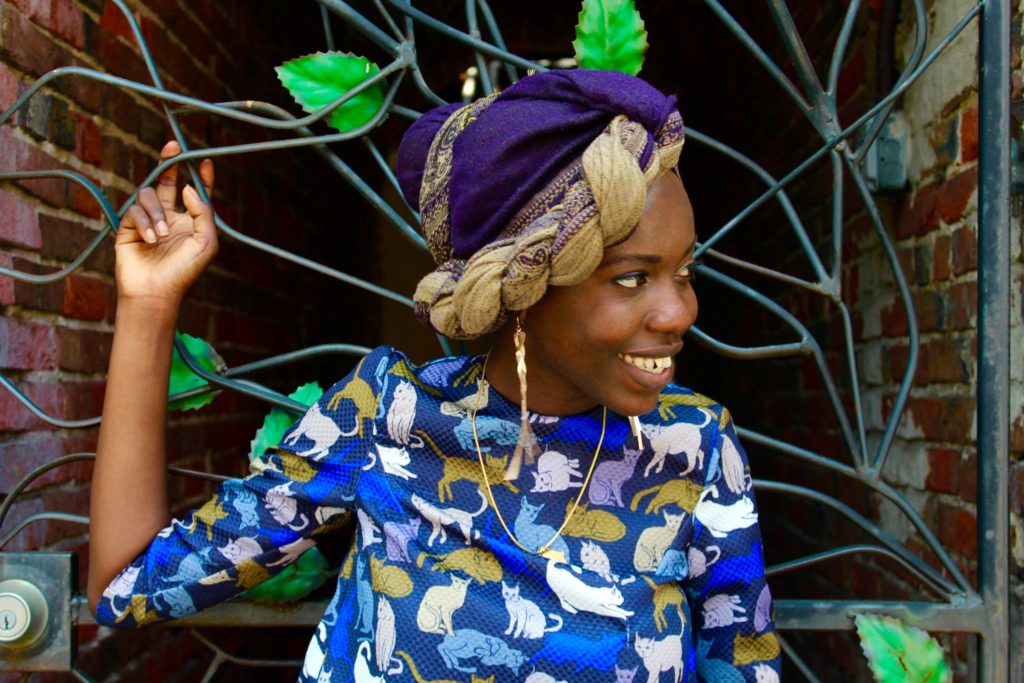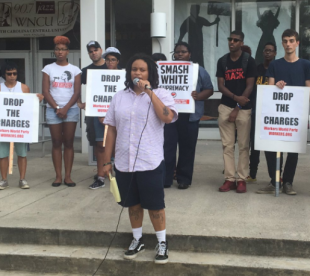
Activist Takiyah Thompson
Photo Credit: Screenshot / Twitter
A crowd of activists toppled a Confederate statue in Durham, North Carolina, on Monday, just two days after the deadly white nationalist rally in Charlottesville, Virginia. As the crowd shouted “We are the revolution,” a college student named Takiyah Thompson climbed up a ladder, looped a rope around the top of the Confederate Soldiers Monument in front of the old Durham County Courthouse and then pulled the statue to the ground. She was arrested the following day on two charges of felony inciting a riot and three misdemeanor charges, including defacing a statue. Thompson was released last night on a $10,000 unsecured bond. We speak with Thompson about her actions before her scheduled court hearing this morning.
Transcript
This is a rush transcript. Copy may not be in its final form.
JUAN GONZÁLEZ: We begin today’s show in Durham, North Carolina, where a crowd of activists toppled a Confederate statue in Durham on Monday, just two days after the deadly white nationalist rally in Charlottesville, Virginia. The crowd of activists shouted “We are the revolution,” as a college student named Takiyah Thompson climbed up a ladder, looped [a rope] around the top of the Confederate Soldiers Monument in front of the old Durham County Courthouse and then pulled the statue to the ground as the crowd erupted in cheers.
PROTESTERS: We are the revolution! No cops, no KKK, no fascist U.S.A.! No cops, no KKK, no fascist U.S.A.!
AMY GOODMAN: On Tuesday, Takiyah Thompson was arrested on two charges of felony inciting a riot and three misdemeanor charges—injury to personal property, injury to real property and defacing a statue. She spoke in Durham just before she was arrested.
TAKIYAH THOMPSON: I think what we did was the best way, and not just the best way, but the only way, because the state and the Klan and white supremacists have been collaborating. Right? So what we did, not only was it right, it was just. I did the right thing. Everyone who was there, the people did the right thing. And the people will continue to keep making the right choices until every Confederate statue is gone, until white supremacy is gone. That statute is where it belongs, right? It needs to be in the garbage, incinerated, like every statue—every Confederate statue and every vestige of white supremacy has to go.
AMY GOODMAN: Takiyah Thompson, speaking in Durham, North Carolina. Shortly after she spoke, she was arrested, given a $10,000 unsecured bond. She was released last night, heads to court this morning. But just before she does, she joins us here on Democracy Now! Takiyah Thompson is a student at North Carolina Central University and a member of Workers World Party, Durham branch.
Welcome to Democracy Now!, Takiyah. I know you’re under enormous pressure as you head to court for—after being arrested for climbing a ladder, looping a rope around the top of the Confederate Soldiers Monument and pulling down the statue. Talk about why you engaged in this, and exactly what you did.
TAKIYAH THOMPSON: OK. I participated in a march and a rally. And I decided to climb to the top of the Confederate soldiers statue and put the rope around its neck and throw the rope down to the crowd. And the crowd could decide if they wanted to pull it down or not. And I did this because the statue is a symbol of nationalism, and it’s a symbol of white nationalism. And the type of white nationalism I’m talking about is the type of white nationalism that is sending me death threats on Facebook. I’m talking about the type of white nationalist that, you know, has killed a woman in a protest. We’re talking about the type of white nationalism that would drive a car at high speeds into a crowd of women and children. And I think vestiges of that, and I think anything that emboldens those people and anything that gives those people pride, needs to be crushed in the same way that they want to crush black people and the other groups that they target.
JUAN GONZÁLEZ: And, Takiyah, could you talk about how the events in Charlottesville influenced you or affected you, especially, obviously, the stunning symbols of those marches with torches on Friday night through the campus of the University of Virginia?
TAKIYAH THOMPSON: Well, when I look at Charlottesville, I look at Durham, North Carolina. I look at Richmond, Virginia. I look at Atlanta. I look at Georgia. I look at Stone Mountain. I look at the entirety of America and American history. And I know that Charlottesville is Durham, North Carolina. Charlottesville is America. The sentiment that was expressed in Charlottesville is part and parcel of what built this country. And I know that Charlottesville can erupt anywhere.
AMY GOODMAN: Can you talk about what happened when you were arrested, Takiyah? Where did they take you? You now had to post—cover $10,000 bond?
TAKIYAH THOMPSON: Right. Being arrested was in and out. I think the powers that be knew that if I wasn’t released in a timely manner, that, politically, that would not be a good move for them. So, I was in and out very quickly. As soon as I got there, people inside were recognizing me, so I know that they knew that, with the climate and the situation in the city, that they had to release me.
AMY GOODMAN: You’re charged with felony inciting a riot, three misdemeanor charges—injury to personal property, injury to real property and defacing a statue. Your answer to those charges?
TAKIYAH THOMPSON: The sheriff, Andrews, and the establishment want to make a political prisoner of me, and they want to make an example of me. And they want to scare people, and they want to scare black people, and they want to scare people of color, and they want to scare people who are reclaiming their agency. And they can’t, as we have seen. I haven’t been keeping up with the headlines, but listening to the headlines from today, you can’t keep your foot on people’s neck forever. And people are going to rise up, as we’re seeing throughout this country. We’re seeing the rise of white nationalism, and we’re seeing the rise of actual resistance. And I’m not talking about writing your senator. I’m not talking about casting a ballot in a voting booth. I’m talking about voting with your actions. And people are doing that right now.
JUAN GONZÁLEZ: I want to turn to President Trump speaking Tuesday at a press conference at Trump Tower in New York City.
PRESIDENT DONALD TRUMP: Are we going to take down statues to George—how about Thomas Jefferson? What do you think of Thomas Jefferson? You like him?
REPORTER: I do love Thomas Jefferson.
PRESIDENT DONALD TRUMP: OK, good. Are we going to take down the statue? Because he was a major slave owner. Now, are we going to take down his statue?
JUAN GONZÁLEZ: Takiyah, what are you—what’s your response to the president equating the actions that have been occurring now with the—with taking the statues of George Washington or Thomas Jefferson down?
TAKIYAH THOMPSON: I think he knows what he’s doing. I don’t know how to—I’m not sure how to express how I feel about that, but I feel as though the people will decide. And we live in a representative democracy. And our representatives are supposed to enforce our will. And when our representatives fail to enforce our will, then the people are left with no choice but to do it themselves. So, in this instance, I can’t really speak to whether or not people want statues of whoever removed, but if the people do, then the people will do it, and the people will find a way.
AMY GOODMAN: Takiyah, you’re certainly not alone in wanting statues taken down. Just today in the headlines, members of the Congressional Black Caucus have revived calls to remove all the Confederate monuments from the halls of Congress. People were protesting in places like Memphis, Tennessee, a large crowd linking arms, surrounding a monument of the former Confederate President Jefferson Davis. In fact, Robert E. Lee, the Confederate soldier, the monument to him in Charlottesville is what’s at the core of the controversy here, that they’re taking it down, said he did not believe in Confederate monuments. But Democratic Governor Roy Cooper of North Carolina, your governor, initially tweeted racism is “unacceptable but there is a better way to remove these monuments.” On Tuesday, he unequivocally said the statues must come down. And this is what he said.
GOV. ROY COOPER: Unlike an African-American father, I’ll never have to explain to my daughters why there exists a monument for those who wished to keep her and her ancestors in chains. Some people cling to the belief that the Civil War was fought over states’ rights. But history is not on their side. We can’t continue to glorify a war against the United States of America, fought in the defense of slavery. These monuments should come down.
AMY GOODMAN: So, your governor is saying these monuments should come down. You just took one down. He says, though, there’s a better way. Your response, Takiyah?
TAKIYAH THOMPSON: I’m going to let the governor breathe for now. I’m glad he made that statement. And—
AMY GOODMAN: Did he make that statement after you took the monument down?
TAKIYAH THOMPSON: I’m sorry, could you—what was that?
AMY GOODMAN: Did he make that statement after you took that monument down?
TAKIYAH THOMPSON: Yes, yeah, yeah. My problem with his initial statement was that he’s like, you know, “There’s no place for racism,” and then he goes on to say, “But there’s a better way.” And if there was a better way, we wouldn’t have been waiting almost a hundred years to do that. And like I’ve been trying to reiterate over and over again is that there is no “but” when we’re talking about racism, right? There is no “but” when we’re talking about people’s right to life and people’s right to not be psychologically attacked with these dehumanizing images. So, there’s only a right side and a wrong side. But I’m glad he did release that statement, and I’ll let him breathe.
AMY GOODMAN: Takiyah, I know you have to go right now to court, but I want to ask you: The effect that Bree Newsome and her act two years ago in South Carolina, when she shimmied up the flagpole of the Confederate flag on the grounds of the South Carolina state Capitol and took down the Confederate flag, what kind of effect that had on you in your actions this week?
TAKIYAH THOMPSON: Well, earlier this week, I spoke to some news, and they asked me like what was I thinking when I was going up the steps. And my response was that as I was going up the steps, I was thinking about the history of like black nationalist organizing and black nationalist struggle and black struggle, and I was thinking about my ancestors, and included in that is Bree Newsome. I could not have—you know, she created a model of possibility for me. And I was thinking about her. I was thinking about people who believe in people’s power and the power that they have within themselves. I was thinking about people like Kwame Ture. I was thinking about people like Ella Baker, organizers, grassroots people, who give power to the people and let them decide.
AMY GOODMAN: And finally, Takiyah, Heather Heyer is being buried today. There is a memorial for her, a major memorial, in Charlottesville. She was on the streets, killed by the white supremacist who plowed his crowd [sic] into the antifascist protesters—plowed his car. What are your thoughts about Heather today, a white ally in this struggle?
TAKIYAH THOMPSON: My thoughts about Heather’s murder is that it’s a tragic death, especially to be killed so violently and so brutally. My condolences to her family. May she rest in power. And I won’t stop fighting, and the people won’t stop fighting, against people who did this, right? And we’re not fighting against hatred, right? We’re fighting against an ideology. We’re fighting against a system, right? When you create a pseudoscience to prove your superior—superiority to the world, we’re talking about more than just hate, right? We’re talking about something a lot bigger than that. Of course this ideology is rooted in hate, but we’re talking about systems, systems of government—right?—systems of disenfranchisement. And that’s what we’re fighting against. And we won’t stop until we have equality and we have justice.
AMY GOODMAN: Takiyah Thompson, I want to thank you for being with us. Takiyah now heads to court. She’s a student at North Carolina Central University. She climbed up a ladder this week, after the Charlottesville attack, looped a rope around the top of the Confederate Soldiers Monument in front of the old Durham County Courthouse, pulled the statue to the ground.
This is Democracy Now! When we come back, Bree Newsome joins us from Charlotte, North Carolina. Stay with us.
+++++++++++
Amy Goodman is the host of Democracy Now!, a daily international TV/radio news hour airing on more than 1,200 stations in North America. She is the co-author of The Silenced Majority, a New York Times best-seller.
